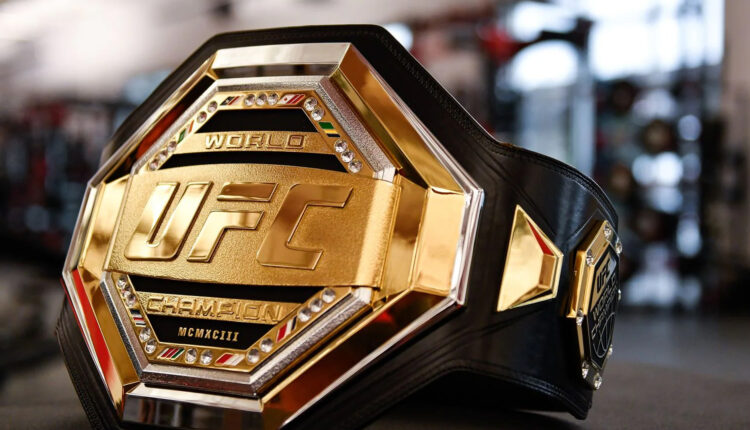The Most Iconic UFC Fighters
An Analysis of the Athletes Who Defined the UFC Over the Years

The Rise of Iconic UFC Fighters
The most iconic UFC fighters have not only showcased exceptional skill in the octagon but have significantly impacted the sport’s popularity globally. These athletes blend unique fighting styles with charisma and resilience, turning UFC into a household name. From pioneers who laid the sport’s foundation to present-day stars, their influence continues to resonate in the hearts of fans. Understanding their legacy requires examining their careers, contributions, and the evolving landscape of mixed martial arts.
Pioneers of the Octagon
In the early days, fighters like Royce Gracie and Ken Shamrock set the stage. Their battles introduced unique techniques and sparked interest worldwide. Gracie’s Brazilian Jiu-Jitsu amazed audiences, showing that technique could trump size. Shamrock’s powerful wrestling and striking made him a formidable opponent. These pioneers not only fought but also educated fans on the diverse martial arts disciplines, laying down a rich foundation for future fighters to build upon.
Evolution of Fighting Styles
As the UFC evolved, so did the fighting styles, becoming more complex and strategic. Fighters such as Georges St-Pierre and Anderson Silva brought a new level of finesse to the sport. St-Pierre’s unparalleled athleticism and Silva’s precise striking highlighted the necessity for fighters to be multi-dimensional. Their technical excellence and adaptability paved the way for a new generation, emphasizing that mastery in multiple disciplines is crucial for success in mixed martial arts.
The Conor McGregor Phenomenon
Conor McGregor’s rise to stardom marked a new era in UFC, blending sports and entertainment. His ability to promote fights with his charismatic persona and impressive knockouts revolutionized how fighters market themselves. McGregor’s impact extends beyond the octagon, influencing fight promotions, fighter branding, and global viewership. His legacy demonstrates how a single fighter can elevate the sport’s visibility and redefine its cultural impact.
Women in the UFC
The introduction of female fighters transformed the UFC landscape. Pioneers like Ronda Rousey and Amanda Nunes broke barriers, proving women’s fights could be just as exciting and technical. Rousey’s judo skills and Nunes’s striking power brought a new audience, empowering more women to pursue professional fighting. Their success paved the way for an inclusive sport, inspiring countless female athletes to compete at the highest levels and shifting perceptions worldwide.
Continuing the Legacy
Today’s fighters continue to evolve the sport, with champions like Khabib Nurmagomedov and Israel Adesanya pushing boundaries. Khabib’s relentless grappling and Adesanya’s striking skills highlight the ongoing evolution of fighting techniques. They maintain the spirit of innovation, ensuring UFC remains at the forefront of mixed martial arts. The continuous development of training regimens and strategies keeps fans eagerly anticipating the next iconic fighter to emerge.
The Role of Technology and Training
Advancements in technology and training techniques have significantly enhanced fighter performance. Modern athletes benefit from sophisticated training camps, sports science, and data analytics, optimizing every aspect of their preparation. These elements contribute to a higher level of competition, with fighters more conditioned and technically proficient than ever before. The integration of technology ensures that the UFC continues to progress, attracting worldwide admiration and undying fan loyalty.
The Legacy of Iconic Fighters
The legacy of iconic UFC fighters is indispensable to the sport’s narrative. These athletes have continuously set new benchmarks in skill, dedication, and marketability. Their stories inspire aspiring fighters and captivate audiences who seek thrills in the octagon. As UFC continues to grow, these legends remind us of the power of resilience, adaptability, and the unyielding passion that athletes embody. Their influence will persist, shaping the future of mixed martial arts for generations to come.
